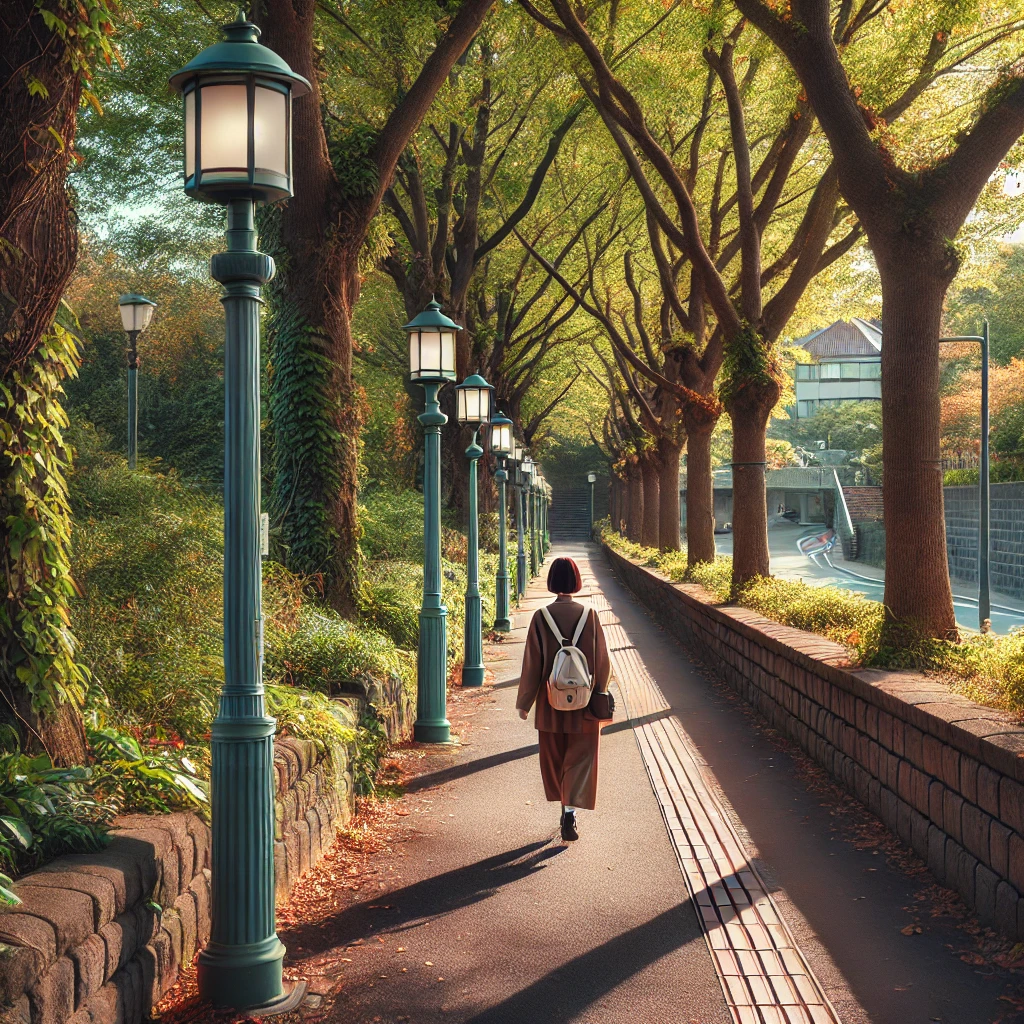ChatGPT:
Zagreb, the capital of Croatia, is a vibrant city that blends historic charm with modern urban life. The city is known for its Austro-Hungarian architecture, with grand buildings, wide boulevards, and elegant squares that give it a distinctively Central European feel. Zagreb is divided into two main areas: the Upper Town (Gornji Grad) and Lower Town (Donji Grad).
The Upper Town is the older, medieval part of the city, home to narrow cobblestone streets, Gothic churches, and landmarks like the iconic St. Mark’s Church with its colorful tiled roof. It’s also where you’ll find the city’s political heart, with the Croatian Parliament and government buildings. The Lower Town is more modern, with lively streets, parks, museums, shops, and cafés.
Zagreb’s green spaces are a major draw, including the beautiful Maksimir Park and the string of parks that form the “Green Horseshoe” in the Lower Town. The city is also a hub of cultural activity, offering numerous museums, galleries, theaters, and music festivals. The Museum of Broken Relationships, located in the Upper Town, is a quirky and popular stop for visitors.
The local food scene is another highlight, offering a blend of Mediterranean and Central European flavors. You can sample traditional Croatian dishes like strukli (a pastry filled with cheese) and ćevapi (grilled sausages), often accompanied by regional wines and beers.
Zagreb is also a gateway to exploring other parts of Croatia, from the Adriatic coast to the mountains and national parks like Plitvice Lakes. Overall, it’s a city that balances its rich history with a modern, dynamic energy.
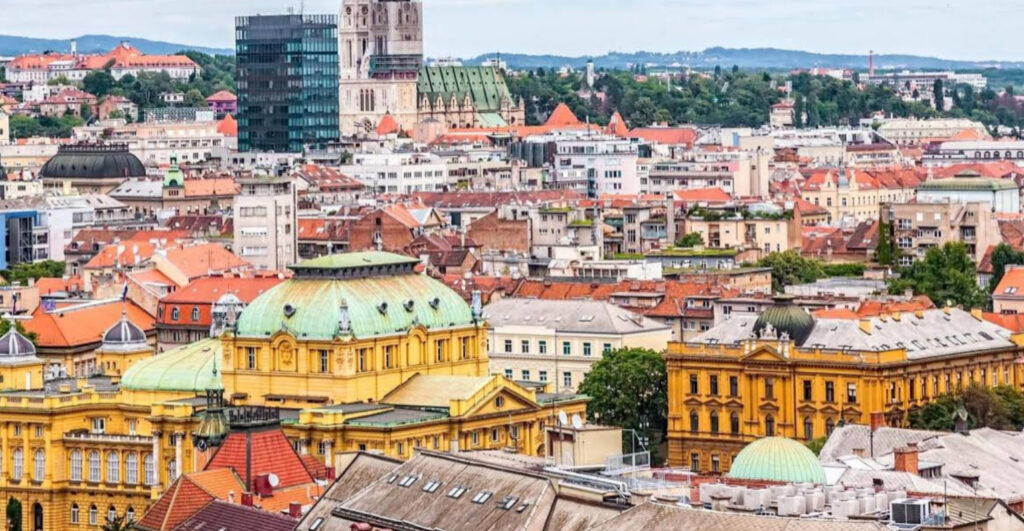
Zagreb’s origin and development are deeply rooted in its strategic position and historical significance, dating back to the Roman Empire and evolving through the Middle Ages into a modern capital city.
Origins and Early History:
The earliest known settlement in the area that is now Zagreb dates back to Roman times, when the Romans built a small settlement called Andautonia near modern-day Zagreb. However, the actual city began to take shape in the Middle Ages. Zagreb emerged as two separate medieval settlements on adjacent hills: Gradec (today’s Upper Town) and Kaptol.
• Gradec: This settlement on the western hill became a free royal town in 1242 after King Béla IV of Hungary granted it a royal charter, allowing it to develop as a fortified town. Gradec was primarily inhabited by artisans and merchants.
• Kaptol: The eastern hill was the seat of the bishopric, established in 1094 by King Ladislaus I of Hungary. Kaptol was centered around the Zagreb Cathedral and was more religious in nature, with clergy and ecclesiastical institutions dominating the area.
For much of the Middle Ages, these two settlements developed independently and were often in conflict with each other, even building fortifications to keep each other at bay.
Unification and Development:
In 1850, the two settlements of Gradec and Kaptol were officially united to form the modern city of Zagreb. This marked a significant turning point in the city’s history, allowing it to grow as the political, economic, and cultural center of Croatia.
Throughout the 19th century, Zagreb underwent a period of modernization and expansion. The city was increasingly influenced by Austro-Hungarian architecture, infrastructure, and urban planning, as it was part of the Habsburg Empire. The construction of wide boulevards, parks, and public buildings during this time gave Zagreb much of its current appearance.
• Industrial Revolution and Railways: With the advent of the Industrial Revolution and the establishment of a railway connecting Zagreb to other parts of Europe in 1862, the city’s economy boomed. Industry, trade, and education flourished, further cementing its importance within the region.
20th Century to Modern Zagreb:
In the 20th century, Zagreb continued to grow and develop, but it also faced numerous challenges due to political upheavals in the region.
• Yugoslav Period: After World War I, Zagreb became part of the newly formed Kingdom of Serbs, Croats, and Slovenes, later known as Yugoslavia. During the interwar period and after World War II, when Croatia was part of socialist Yugoslavia, Zagreb remained the most important city in Croatia, growing as a hub for industry, education, and culture.
• Independence and War: In the early 1990s, as Croatia declared independence from Yugoslavia, Zagreb played a key role in the Croatian War of Independence (1991–1995). Though it was not heavily damaged during the war, the city became the political and administrative heart of the newly independent Croatia.
Modern Development:
Post-independence, Zagreb experienced rapid urbanization, economic growth, and modernization. It became the capital of a sovereign Croatia in 1991 and has since developed into a vibrant European city, merging its historical legacy with modern infrastructure and a thriving cultural scene. The city has grown beyond its historical core, with new neighborhoods and business districts emerging, especially in the southern parts.
Zagreb’s culture has been shaped by its blend of Central European, Mediterranean, and Balkan influences. Its educational institutions, such as the University of Zagreb, founded in 1669, have made it a major intellectual and cultural center. Today, Zagreb is known for its festivals, including the Zagreb Film Festival and Advent in Zagreb, which has become one of Europe’s most popular Christmas markets.
Conclusion:
From its medieval origins as two rival towns, Zagreb has grown into a unified, dynamic capital. Its history reflects the broader historical shifts of Central Europe, from the influence of the Roman Empire and medieval kingdoms to the modern challenges and opportunities of independence in the 20th and 21st centuries. Today, Zagreb is a city that celebrates its rich past while embracing modernity and its role as Croatia’s cultural, political, and economic hub.
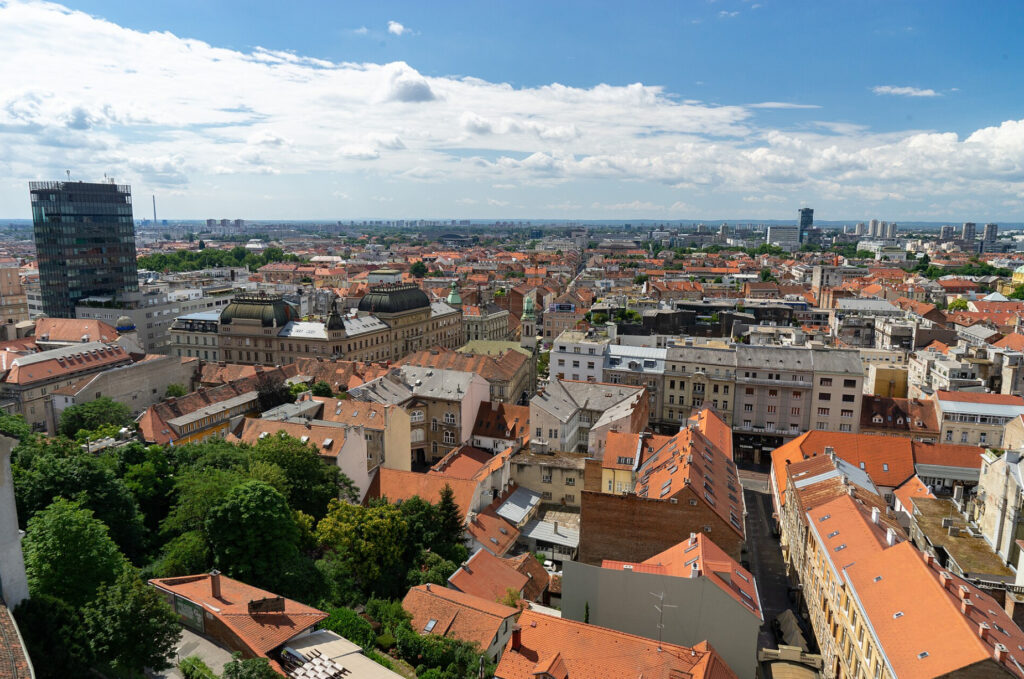
Zagreb offers a wide variety of historical monuments and tourist attractions that showcase its rich cultural heritage and vibrant modern life. Here are some of the key sites:
1. Zagreb Cathedral (Cathedral of the Assumption of the Blessed Virgin Mary)
• Description: The largest church in Croatia, the Zagreb Cathedral is an iconic example of Gothic architecture. Its twin spires dominate the city’s skyline. The cathedral was built on the site of an earlier church destroyed by the Mongols in the 13th century.
• Highlight: Its treasury holds valuable liturgical objects and historical relics, and the cathedral’s interior is beautifully adorned with religious art.
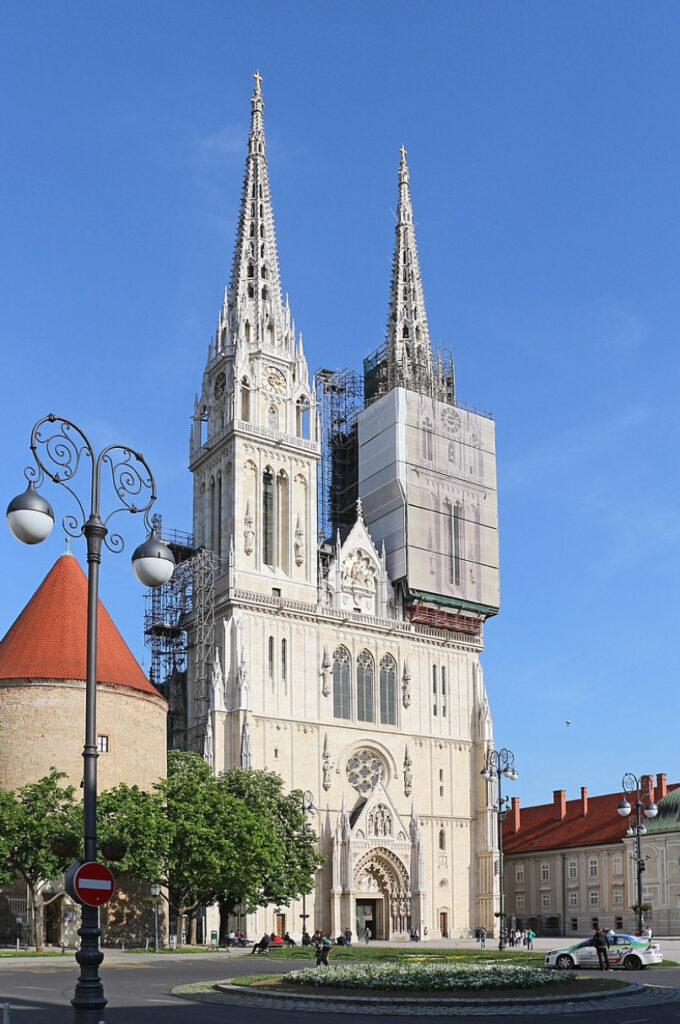
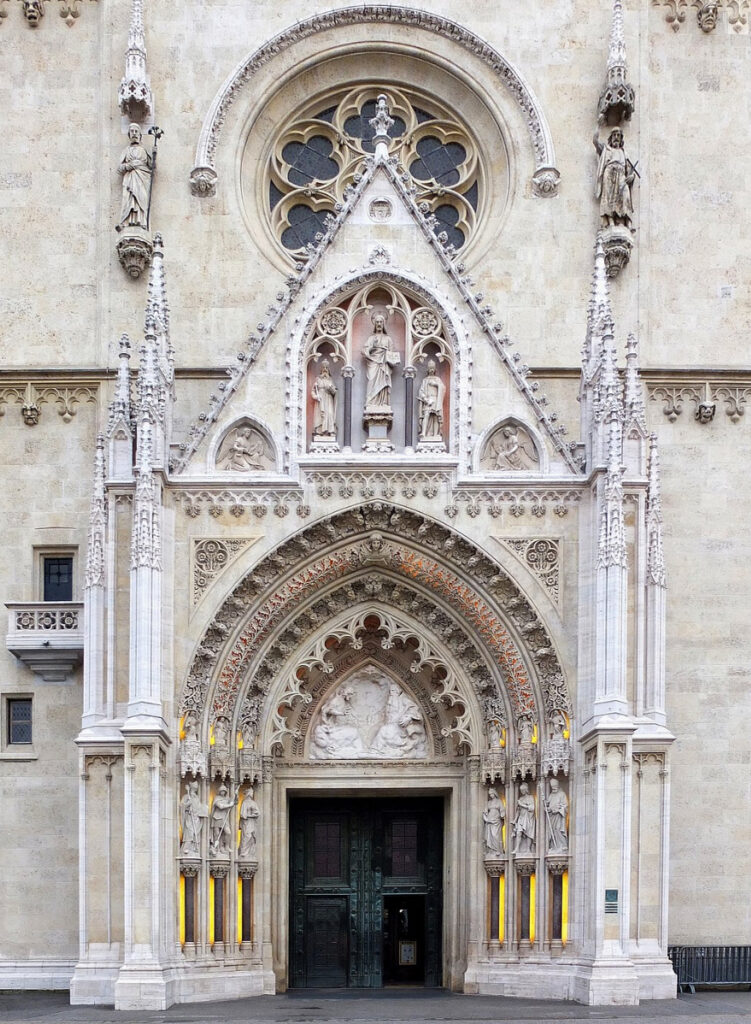
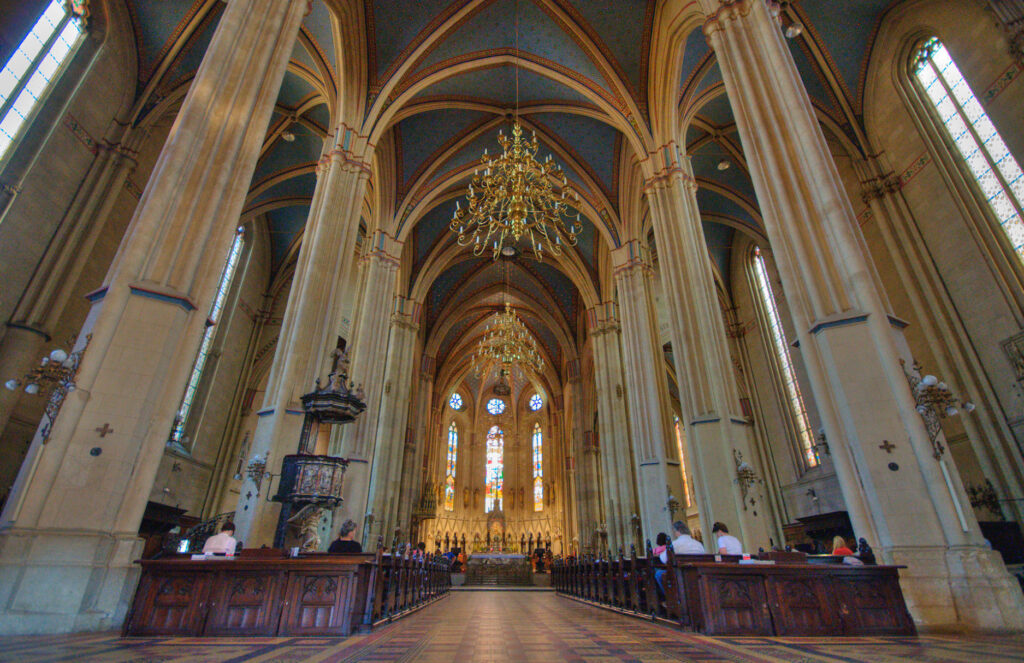
2. St. Mark’s Church
• Description: One of Zagreb’s most recognizable landmarks, this 13th-century church is located in the Upper Town (Gradec) and is famous for its colorful roof tiles, which display the coats of arms of Croatia, Dalmatia, and Slavonia.
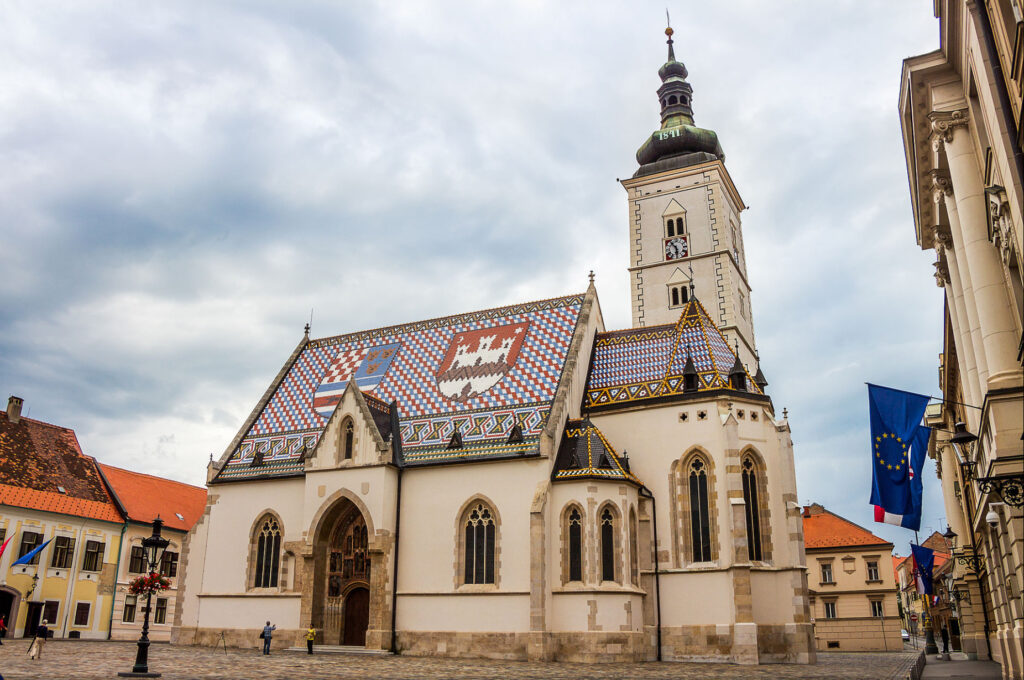
• Highlight: Its Romanesque portal and intricate frescoes inside.
3. Ban Jelačić Square (Trg Bana Jelačića)
• Description: The central square of Zagreb, this bustling area is named after Josip Jelačić, a 19th-century Croatian national hero. It’s a hub of activity and serves as a gathering point for locals and tourists alike.
• Highlight: The equestrian statue of Ban Josip Jelačić and nearby cafés and shops.
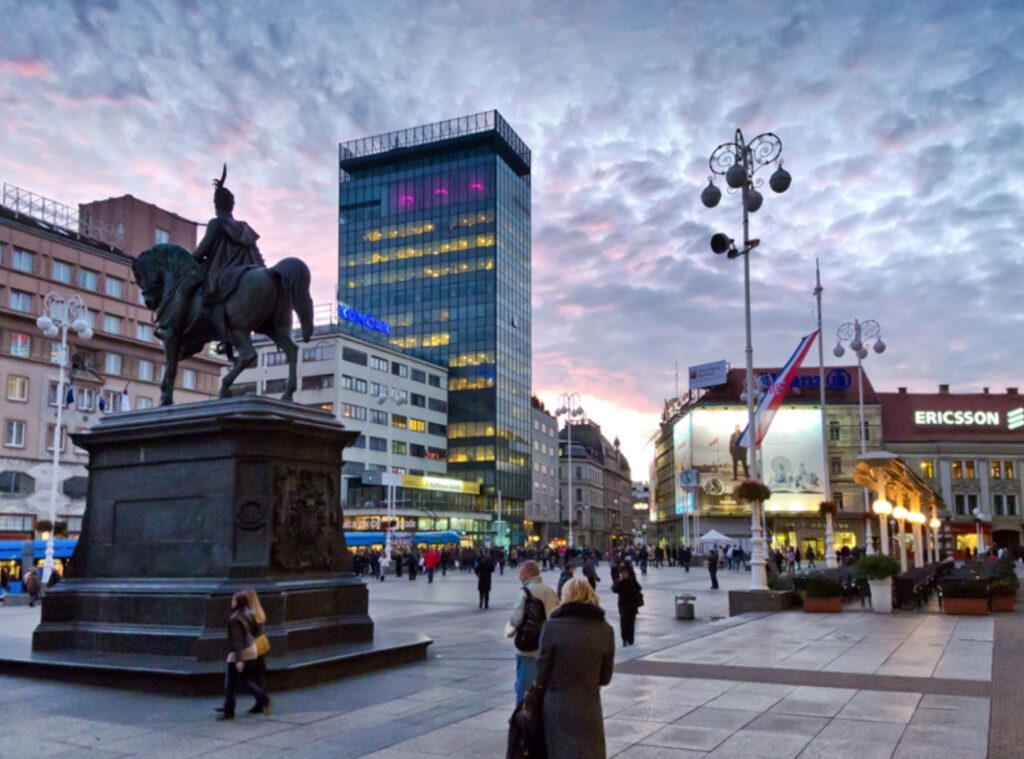
4. Lotrščak Tower
• Description: Dating back to the 13th century, this defensive tower was part of the southern fortifications of Gradec. Each day, a cannon is fired from the top of Lotrščak Tower at noon, a tradition that has been maintained for centuries.
• Highlight: Climb the tower for panoramic views of the city.
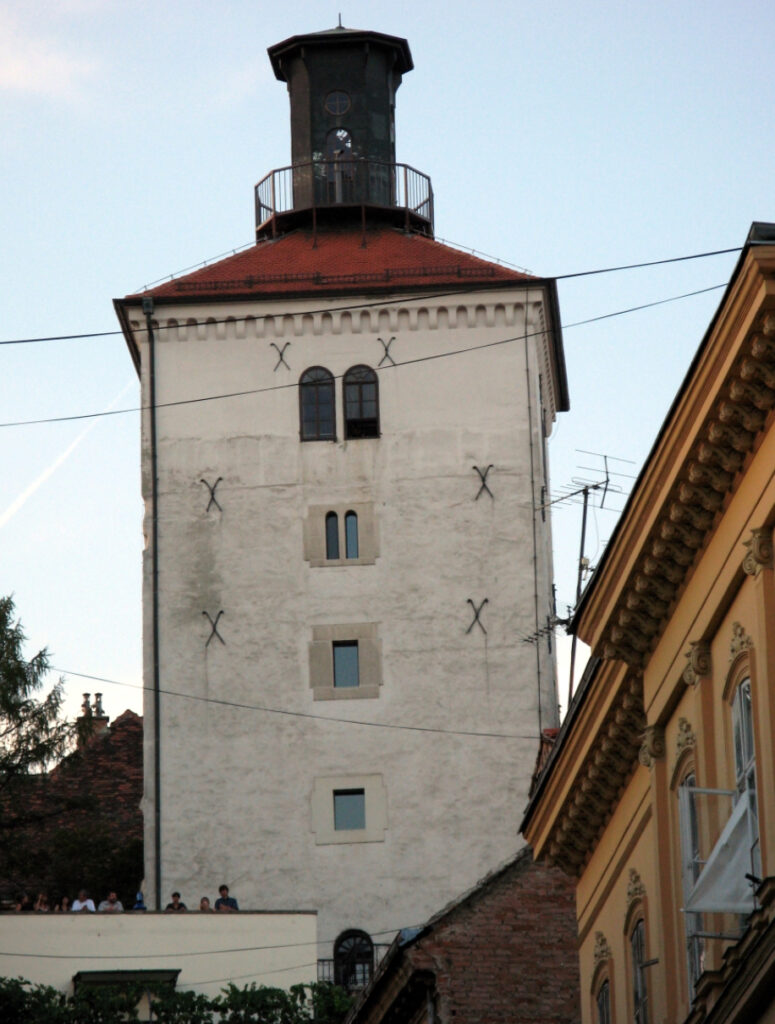
5. Stone Gate (Kamenita Vrata)
• Description: A 13th-century gate that is one of the few remaining parts of the original city fortifications. Inside the gate, there is a chapel dedicated to the Virgin Mary, considered a sacred spot by locals.
• Highlight: The painting of the Virgin Mary, which survived a devastating fire in 1731, is believed to have miraculous powers.
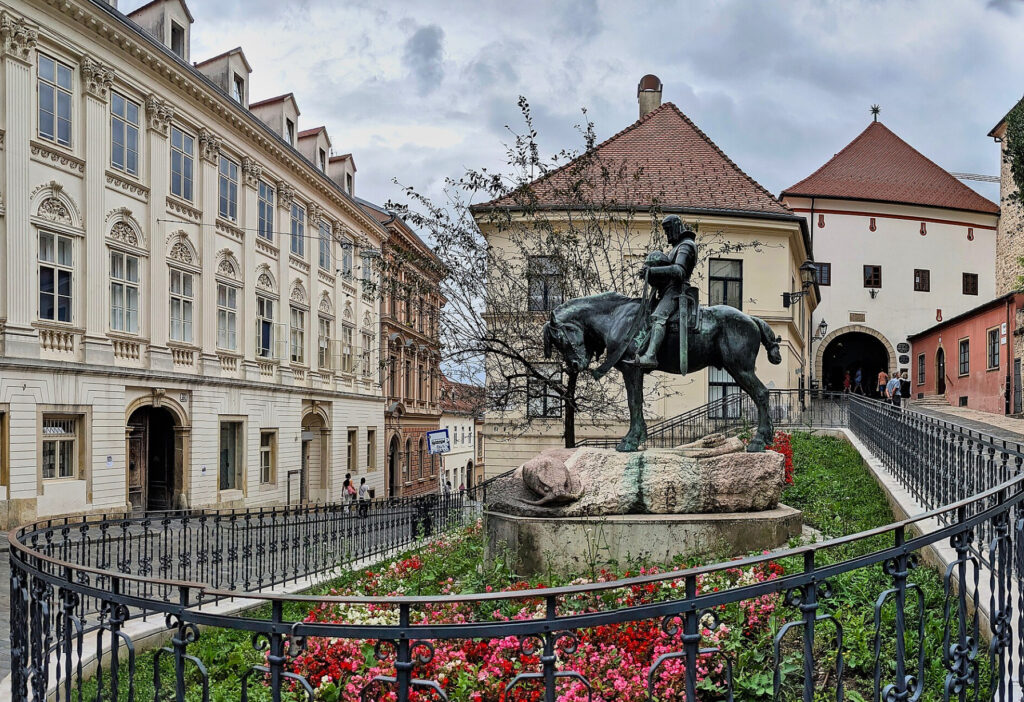
6. Croatian National Theatre
• Description: A stunning yellow Baroque Revival building built in 1895, the Croatian National Theatre (HNK Zagreb) is a major cultural institution, offering performances in opera, ballet, and drama.
• Highlight: The building’s architecture, designed by famous Austrian architects Fellner & Helmer.
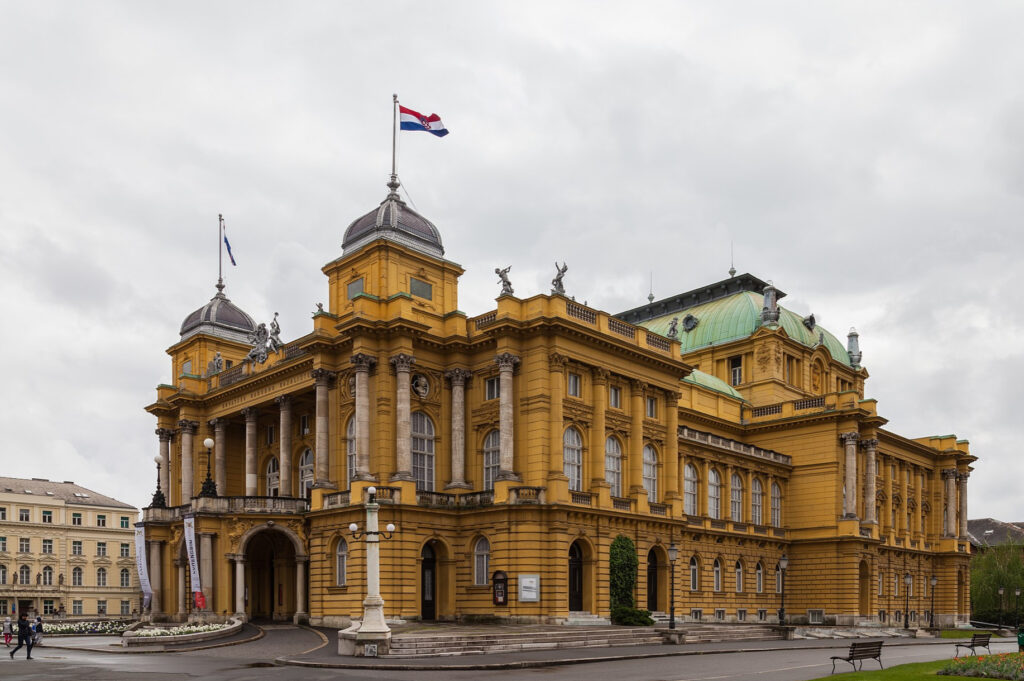
7. Tkalčićeva Street
• Description: A lively pedestrian street lined with cafés, restaurants, and boutique shops. Tkalčićeva Street follows the path of a former creek and has become a popular place for locals and visitors to enjoy Zagreb’s café culture.
• Highlight: The vibrant atmosphere and outdoor seating, perfect for people-watching.

8. Museum of Broken Relationships
• Description: A unique museum that displays personal objects donated by people from around the world, each accompanied by a story about a past relationship. It’s both quirky and emotionally moving.
• Highlight: The creativity and variety of the exhibits, offering a window into human emotions and personal stories.
9. Mirogoj Cemetery
• Description: One of the most beautiful cemeteries in Europe, Mirogoj is also an open-air art gallery with impressive sculptures, tombstones, and arcades. Designed by architect Hermann Bollé, it serves as the final resting place for many famous Croatians.
• Highlight: The peaceful atmosphere and architectural beauty, including the long arcade of domes and arches.
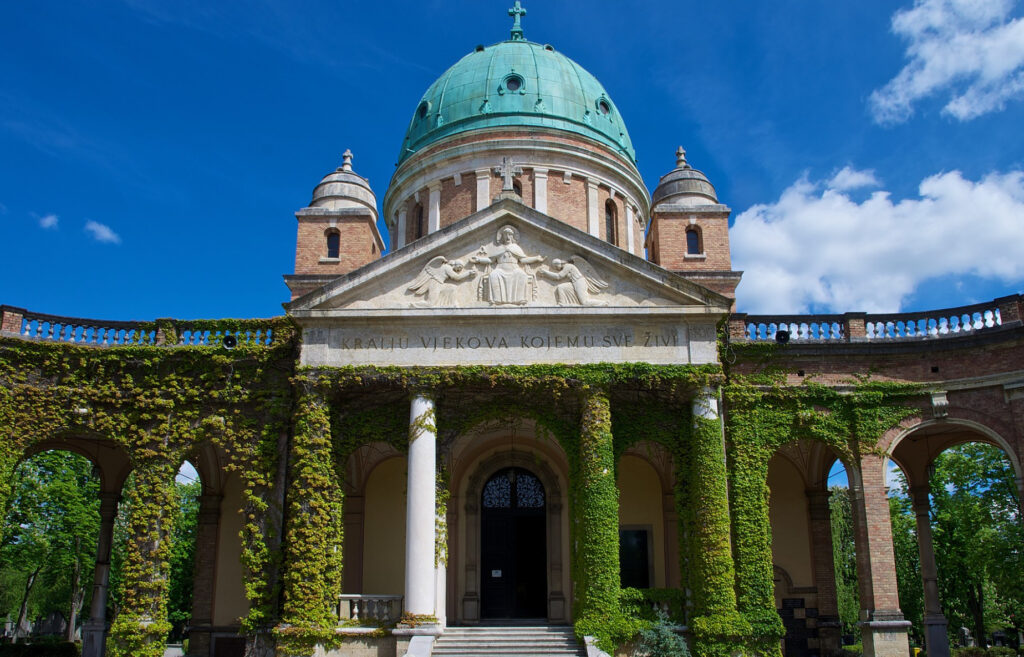
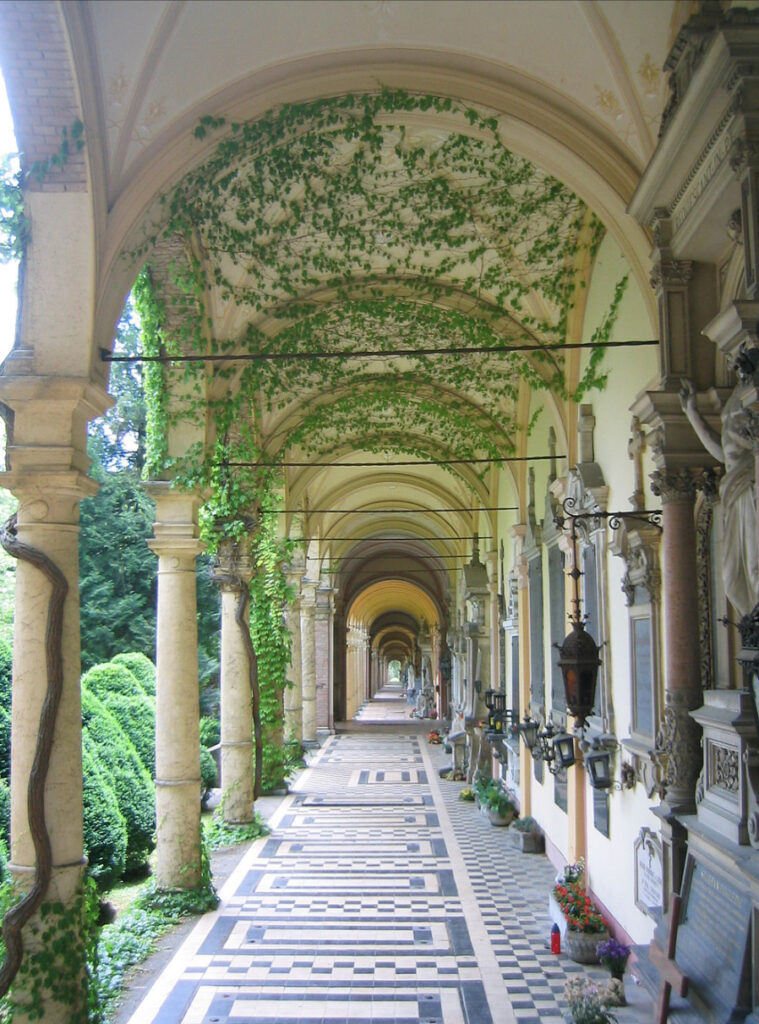
10. Maksimir Park
• Description: A large public park that offers a tranquil escape from the city. Established in the 18th century, it features landscaped gardens, wooded areas, lakes, and the Zagreb Zoo.
• Highlight: The English-style landscape design, ideal for leisurely walks.
11. Dolac Market
• Description: Zagreb’s main farmers’ market, located near Ban Jelačić Square, Dolac is a vibrant marketplace where locals shop for fresh produce, meat, cheese, and flowers.
• Highlight: The open-air stalls and the lively atmosphere, where you can experience everyday life in Zagreb.
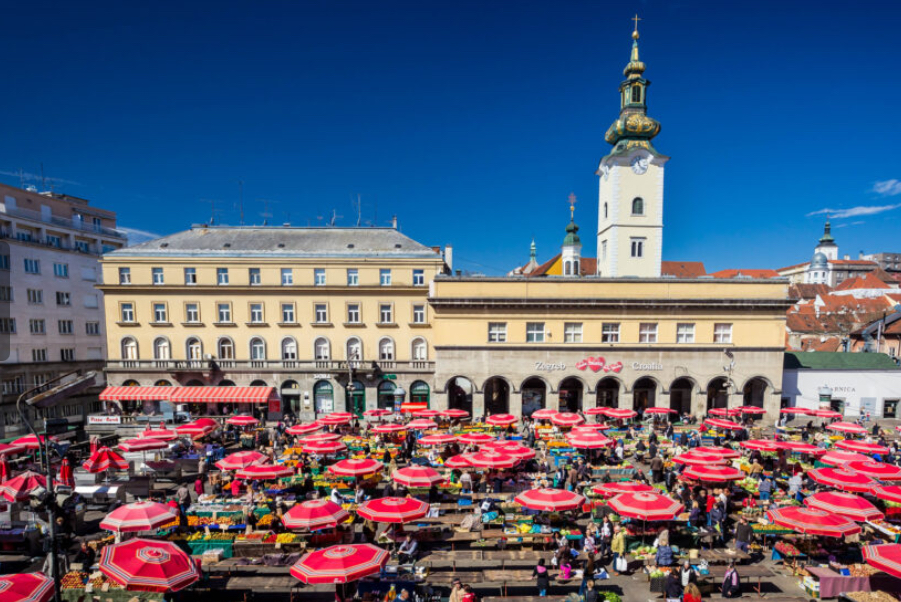
12. Grič Tunnel
• Description: A tunnel built during World War II as a bomb shelter and later used during the Croatian War of Independence. Today, it serves as a pedestrian passageway and occasionally hosts art exhibitions and events.
• Highlight: The combination of history and modern use, offering insight into Zagreb’s wartime experiences.
13. Art Pavilion
• Description: This elegant exhibition hall was built in 1898 and is located in King Tomislav Square. It hosts various art exhibitions throughout the year, ranging from classic to contemporary art.
• Highlight: The stunning yellow façade and the rotating exhibitions.
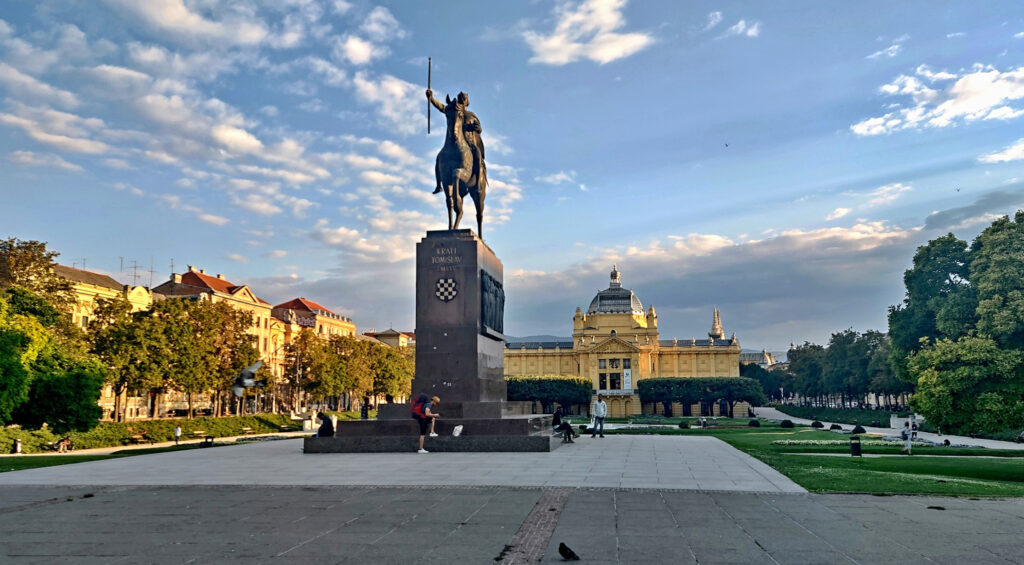
14. Strossmayer Promenade
• Description: A scenic walkway located in the Upper Town, offering excellent views over Zagreb. It’s a popular spot for leisurely strolls and street performances, especially during the summer months.
• Highlight: The picturesque setting and relaxed ambiance.
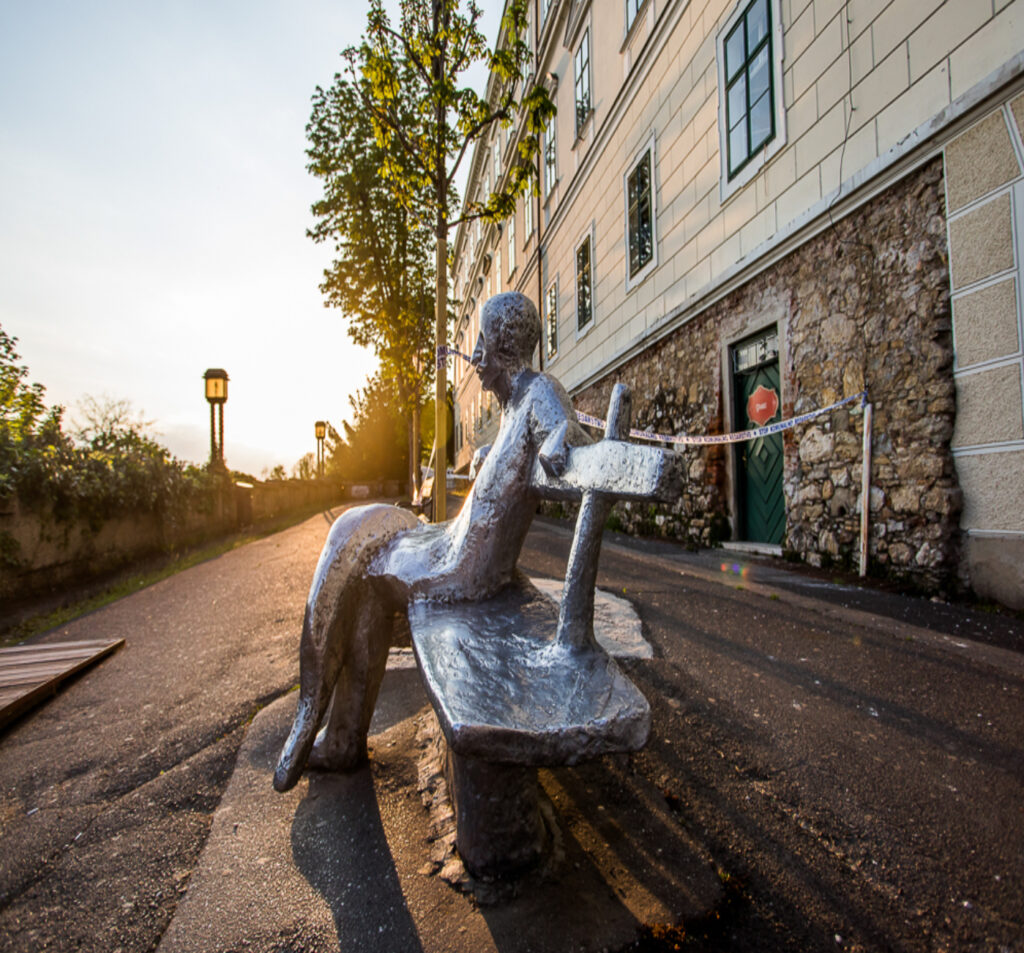
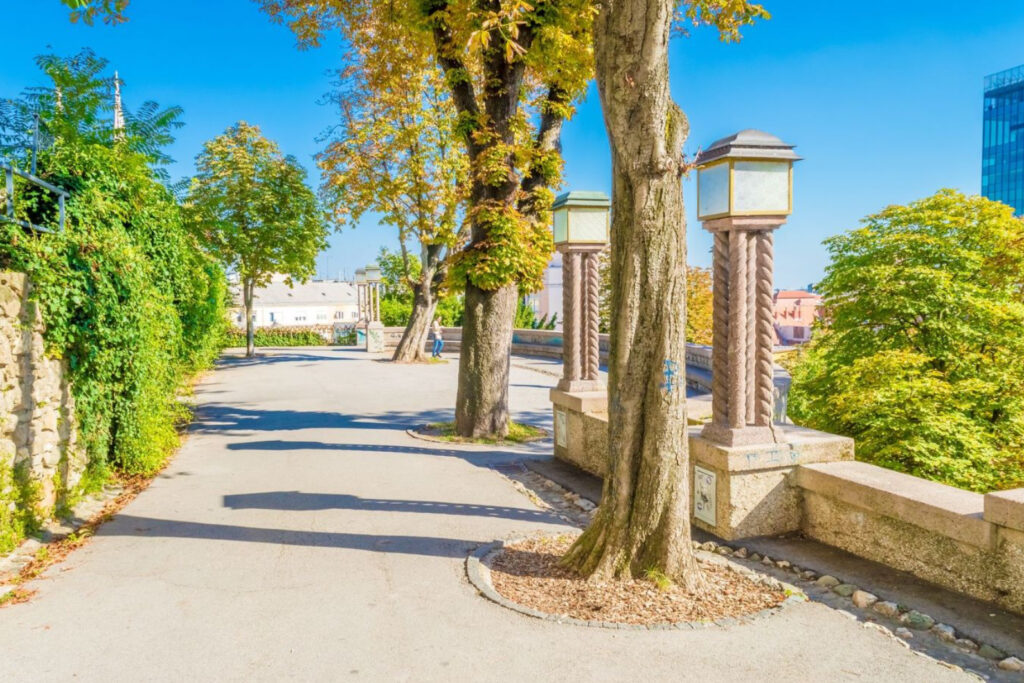
15. Technical Museum Nikola Tesla
• Description: A museum dedicated to the development of science and technology, named after the famous inventor Nikola Tesla. The museum features exhibitions on everything from space exploration to old engines and machinery.
• Highlight: The Tesla-themed exhibits and hands-on demonstrations.
These monuments and attractions highlight Zagreb’s blend of historical significance, cultural richness, and contemporary vibrancy, making it a compelling destination for visitors.
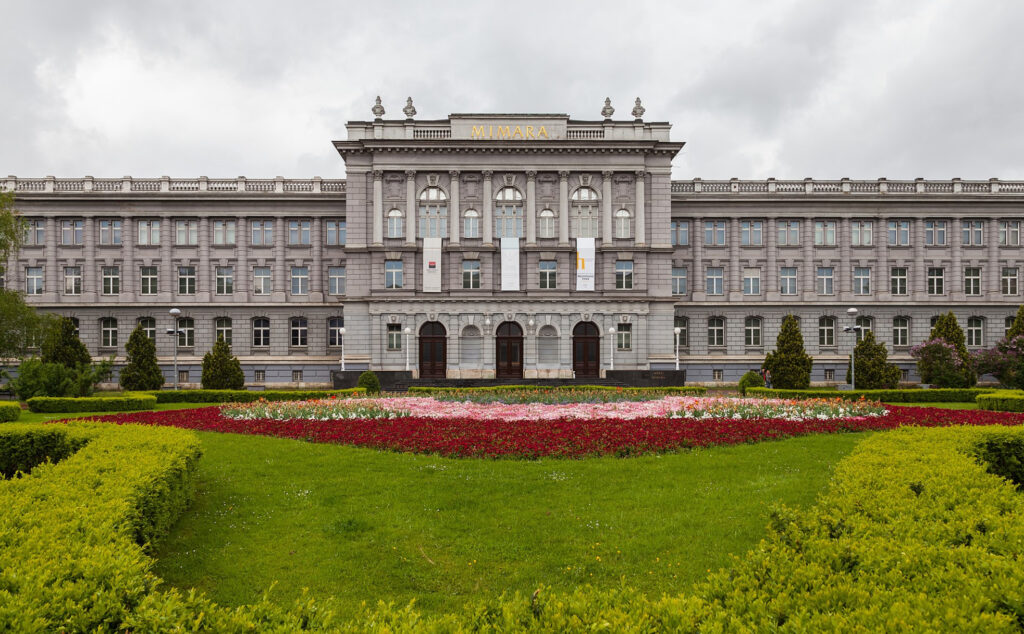
Here’s a one-day itinerary for visiting Zagreb, combining its historical landmarks and vibrant local food scene:
Morning:
1. Breakfast at La Štruk (9:00 AM)
• Start your day by sampling štrukli, a traditional Croatian dish of dough filled with cottage cheese. La Štruk specializes in both baked and boiled versions, and it’s located near the city center.
2. Zagreb Cathedral (10:00 AM)
• After breakfast, head to the Zagreb Cathedral, Croatia’s most iconic church. Admire its impressive Gothic architecture and explore its interior.
3. Dolac Market (11:00 AM)
• Just a few minutes away from the cathedral, Dolac Market is the perfect place to experience local life. Wander through the colorful open-air market, where you can see fresh fruits, vegetables, meats, and artisanal products. You can also grab a quick snack of fresh pastries or fruit.
4. St. Mark’s Church and Upper Town (11:45 AM)
• Stroll uphill to visit the picturesque St. Mark’s Church, known for its colorful tiled roof. From here, explore the narrow streets of Upper Town (Gradec), visiting sights like the Croatian Parliament, Lotrščak Tower, and Stone Gate.
Afternoon:
5. Lunch at Vinodol (1:00 PM)
• For lunch, head to Vinodol, a well-known restaurant offering a modern take on traditional Croatian cuisine. You can try dishes like pasticada (a slow-cooked beef stew) or ćevapi (grilled minced meat).
6. Tkalčićeva Street (2:30 PM)
• After lunch, take a relaxing walk along Tkalčićeva Street, a lively pedestrian area lined with charming cafés, bars, and boutique shops. Stop for a coffee at one of the many outdoor terraces to soak in the atmosphere.
7. Museum of Broken Relationships (3:30 PM)
• Just a short walk from Tkalčićeva Street, visit the quirky Museum of Broken Relationships, a unique collection of personal items and stories of love and heartbreak from around the world. It’s an engaging and thought-provoking stop.
8. Zagreb Funicular (4:30 PM)
• Take a ride on one of the world’s shortest funiculars, which connects the Upper and Lower Towns. It offers great views of the city and is a fun way to descend from the Upper Town.
Evening:
9. Dinner at Konoba Didov San (6:30 PM)
• For dinner, head to Konoba Didov San, which specializes in traditional Dalmatian and Bosnian cuisine. You can try peka (meat or seafood slow-cooked under an iron bell), lamb, or dishes featuring local truffles. The cozy, rustic atmosphere adds to the experience.
10. Ban Jelačić Square (8:00 PM)
• After dinner, take a leisurely walk around Ban Jelačić Square, the heart of Zagreb’s social life. You can stop by one of the nearby cafés or bars for a nightcap or simply enjoy the vibrant evening ambiance.
Optional Evening Activity:
11. Walk along Strossmayer Promenade (8:30 PM)
• If you still have energy after dinner, a nighttime walk along Strossmayer Promenade in the Upper Town is perfect. The promenade offers great views of the city lights, and during the summer, it often features live music or street performances.
This itinerary allows you to experience Zagreb’s historical sights while indulging in the local food culture, blending both modern and traditional dishes. The timing also gives you flexibility to relax and enjoy the city’s atmosphere.
